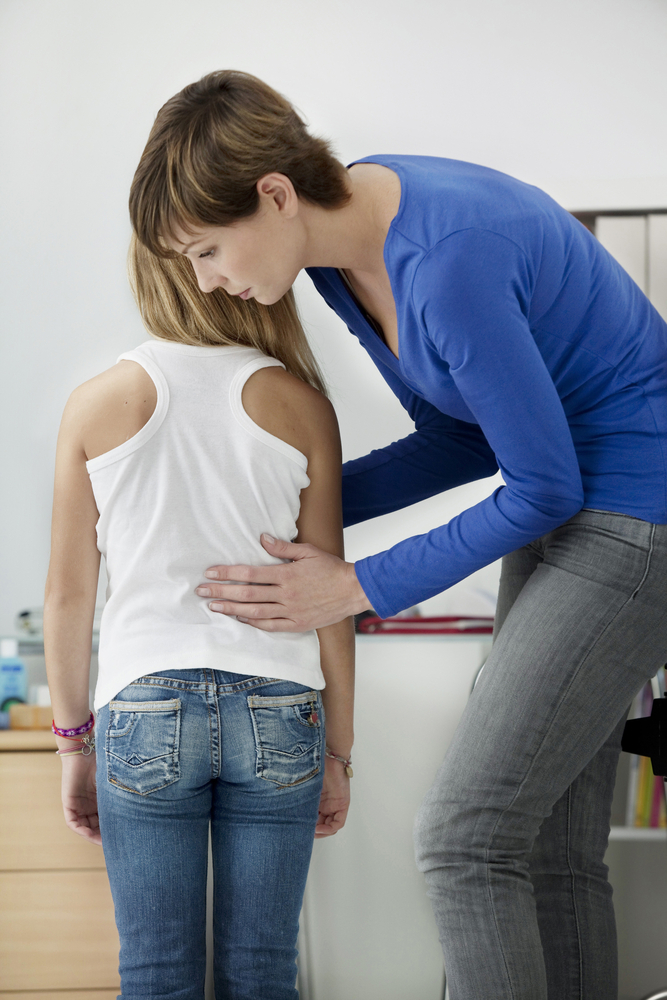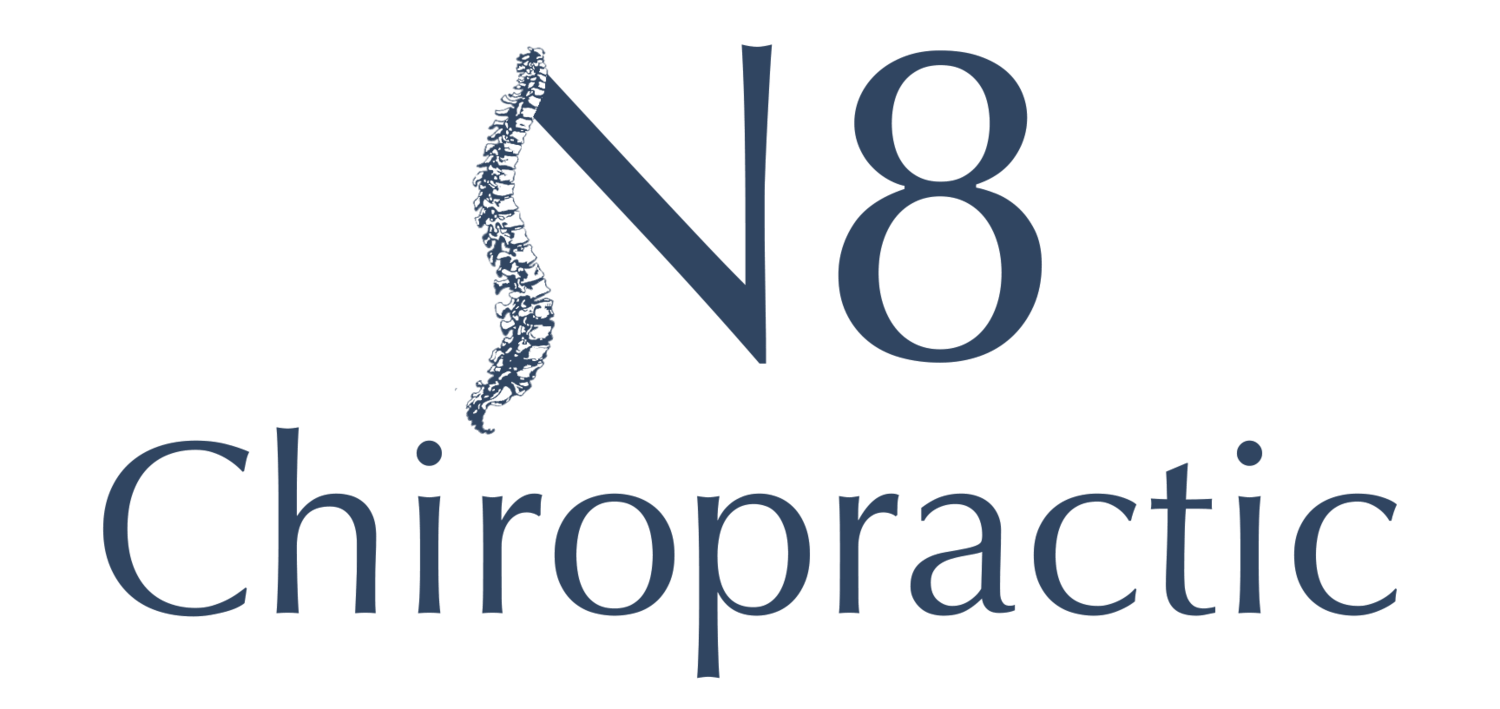


What Are the Different Types of Scoliosis?
November 9, 2021


Scoliosis Without Surgery
November 9, 2021Scoliosis can be a frustrating condition for patients to live with, but it is important that they know there are many factors involved in determining what kind of risks one might face. For example, the gender and age difference between themselves may play into whether or not certain types of risk factors will apply so knowing this information beforehand could help during diagnosis time as well as provide peace of mind after scoliosis treatment has taken place.
Scoliosis Signs and symptoms may include:
- Shoulders that are uneven
- One shoulder blade that appears more prominent than the other can make a person’s posture look awkward
- An uneven waist can be a sign that there’s not enough lean muscle mass in your midsection
- Uneven hips
- Uneven rib cage
- Mid-back condition
Causes
In the most common case of scoliosis, doctors do not know what causes it but the disorder is sometimes hereditary.
Other types of scoliosis include:
- Conditions affecting the neuromuscular system, such as cerebral palsy or muscular dystrophy
- Birth defects that affect the development of the spine’s bones
- Injuries to or infections of the spine
- Spinal cord abnormalities
Diagnosis
This is done by the physical exam and by imaging techniques such as X-rays, CT scans, or MRI.
Risk factors
Below are the following risk factors for developing the most common type of scoliosis:
- The age. Signs and symptoms usually appear during adolescence.
- Gender. Girls have a higher risk of scoliosis because they grow faster than boys do. The curve may worsen and require treatment, but this is more likely to happen if you’re an adolescent female who has reached full height growth potentials by age 15 or 16 years old – before that point in time there’s no difference between male/female curves.
- Family Medical history. Some people might think that scoliosis can only happen if you have a family member with the disease, but this is not true. Most children who are diagnosed with it do not show signs of inheritance from one or both their parents’ side either- often because they’re still too young at diagnosis for any genetic testing to be done.
Scoliosis Treatment
- Mild Scoliosis – For those who have mild scoliosis, the goal is to manage any symptoms, resolve and pain and allow your joints to function to their best ability. Chiropractic care is a perfect fit.
- Moderate Scoliosis – Those who have moderate scoliosis may have more symptoms and functional problems. This requires increased management and treatment and needs the expertise of a chiropractor who works in a team approach with your health care providers.
- Severe Scoliosis – When severe scoliosis is the issue, a watchful eye by your healthcare team is appropriate. This may require frequent chiropractic adjustments combined with medical management.
If you feel that you may have scoliosis, it may be important to be evaluated. At N8 Chiropractic, we specialize in the treatment of scoliosis without surgery. Even if you have had previous surgery, it does not mean that there is no hope or help that can be provided by one of our Chiropractors.
References:
https://www.mayoclinic.org/diseases-conditions/scoliosis/symptoms-causes/syc-20350716
https://www.medicalnewstoday.com/articles/190940
https://www.medicinenet.com/scoliosis/article.htm
https://www.webmd.com/back-pain/causes-scoliosis





